Archaeology
-

Tiffiny Tung named senior fellow for Harvard’s Dumbarton Oaks Pre-Columbian Studies program
Tiffiny Tung, Gertrude Conaway Vanderbilt Professor of Social and Natural Sciences, professor of anthropology and vice provost for undergraduate education, has been named a senior fellow in the Pre-Columbian Studies program at Harvard’s Dumbarton Oaks. The fellowship underscores Tung’s notable contributions to anthropology and Andean archaeology. Read MoreNov 12, 2024
-

Vanderbilt professors Wernke, Huo win $625K NSF grant for largest-ever archaeological survey
Professor Steven Wernke's groundbreaking archaeological mapping project has secured its most substantial funding yet: a $625,000 grant from the National Science Foundation. Using satellite imagery and artificial intelligence, Wernke and his team are mapping archaeological sites across the Andes Mountain Range to build a detailed inventory that will improve our understanding of Andean settlement systems and human-modified landscapes. Read MoreSep 19, 2024
-
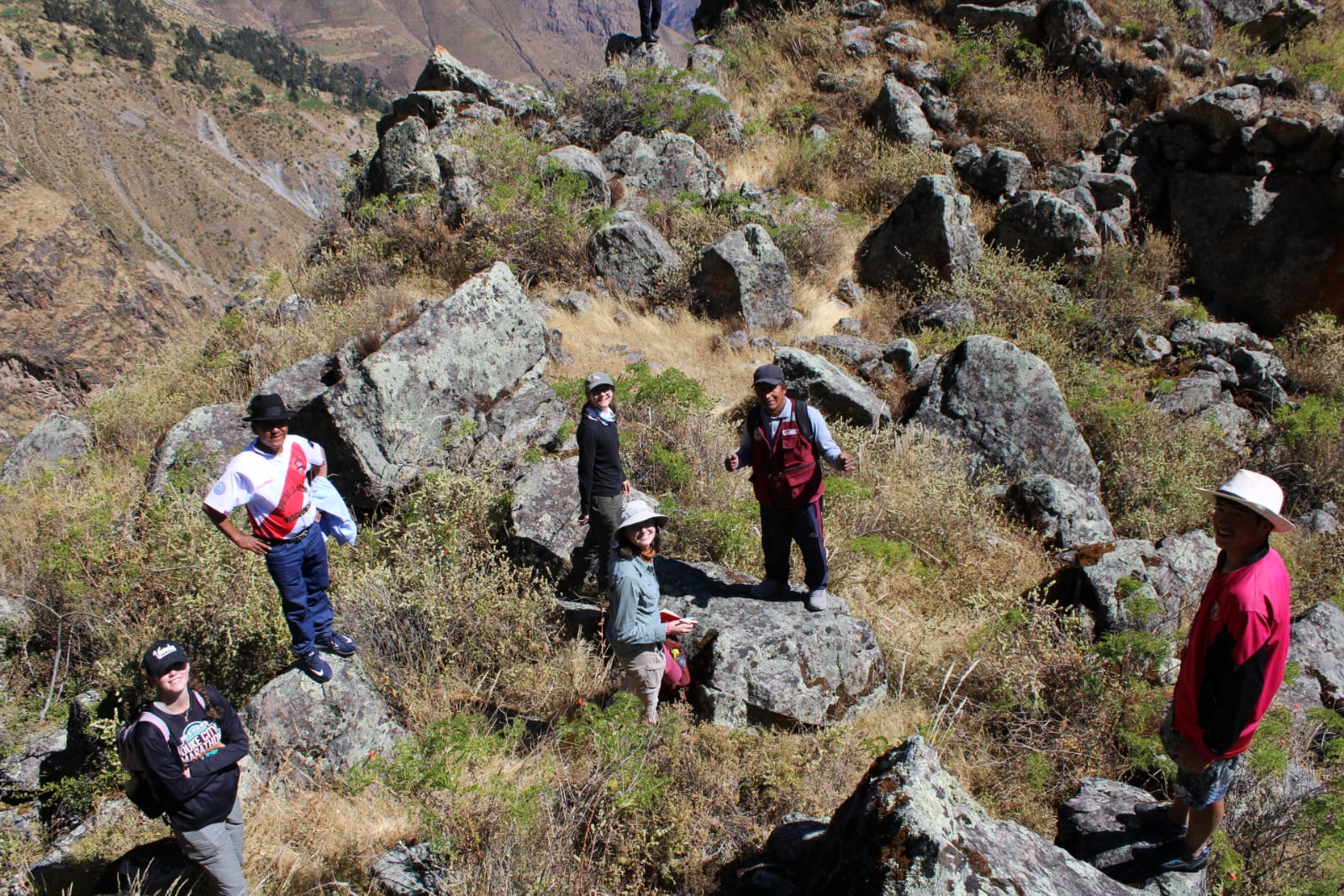
Michelle Young: Modeling ethical practices in Peruvian archaeology
Since 2020, Vanderbilt archaeologist Michelle Young has directed the Cinnabar Roads Project, which explores ancient exchange routes used to transport cinnabar, a powdery mineral made of mercury and sulfur that was extracted and processed for pigment. Young’s two major research initiatives approach mapping ancient networks of interaction and mobility between the highland region and the coast, employing a variety of methods at different scales. Under her leadership, the Cinnabar Roads Project has registered more than 100 archaeological sites in the Huancavelica region. Read MoreAug 21, 2024
-
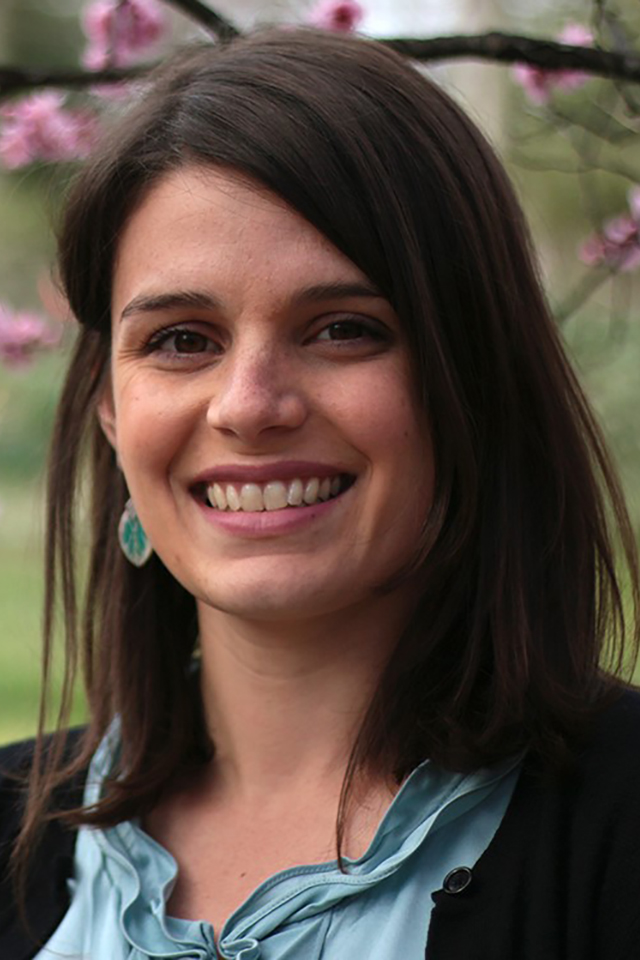
Tapping Into The Past
With a prestigious new grant, archaeologist Ari Caramanica will explore what ancient people can teach us about dealing with the most pressing environmental issue of our time. Read MoreApr 25, 2024
-
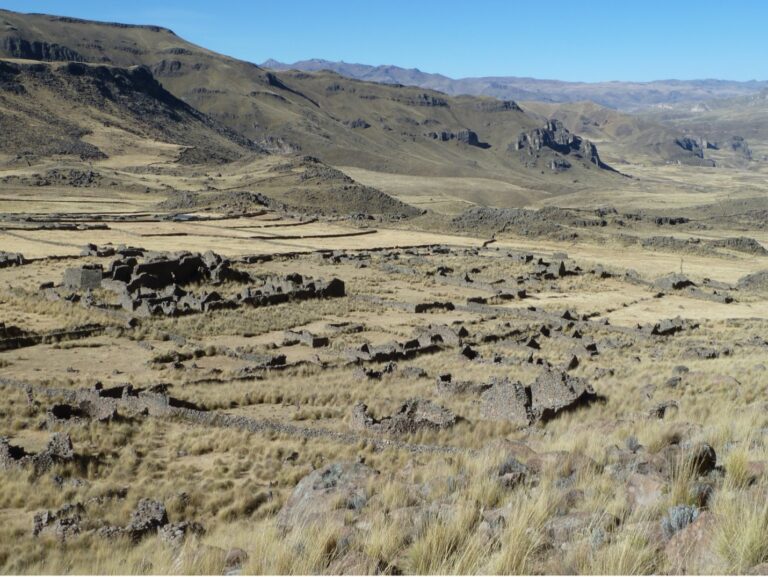
The big picture: Archaeology of the Andes revealed on a scale not previously seen
Steven Wernke, associate professor and chair of anthropology, has developed GeoPACHA (Geospatial Platform for Andean Culture, History and Archaeology), a web application that allows researchers to map archaeological sites in the Andes at a greater scale than ever before. GeoPACHA has enabled new discoveries about past human occupation in the region that will be featured in six articles in the February issue of the journal Antiquity. Read MoreJan 22, 2024
-
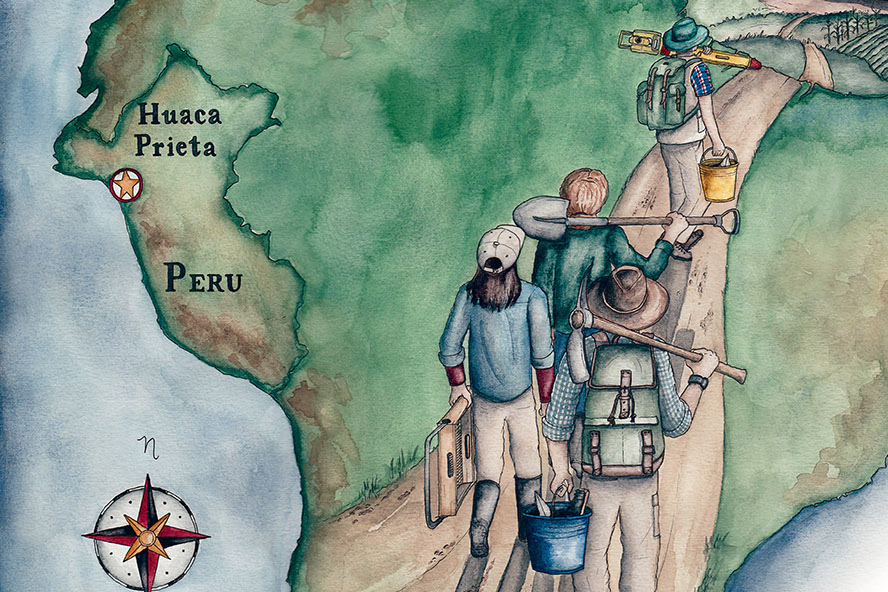
Dark Side of the Mound: Vanderbilt researchers unearth clues to a mysterious Peruvian archaeological site
ILLUSTRATION BY CANDACE ROSE RARDON About 7,500 years ago a construction project of almost unfathomable scope began taking shape along the Pacific coast of what is today northern Peru. Initially a low-lying ceremonial mound, it would become in 4,000 years’ time a monument of staggering size—100 feet tall,… Read MoreMay 29, 2017
-
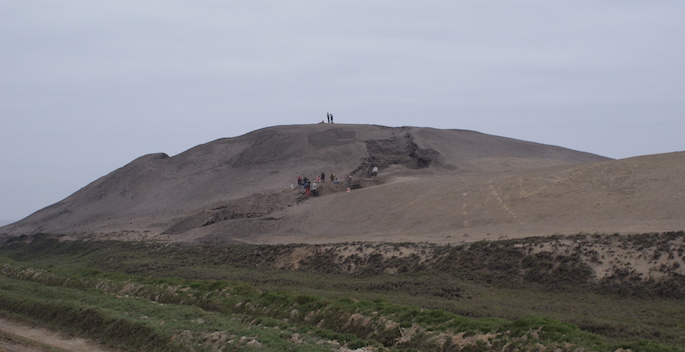
Northern coast of Peru was a hospitable rest stop for early Americans
Vanderbilt researchers found a place where early Americans paused on their migrations south and "settled in for a good long while," suggesting a slower pace of settlement than originally believed. Read MoreMay 24, 2017
-
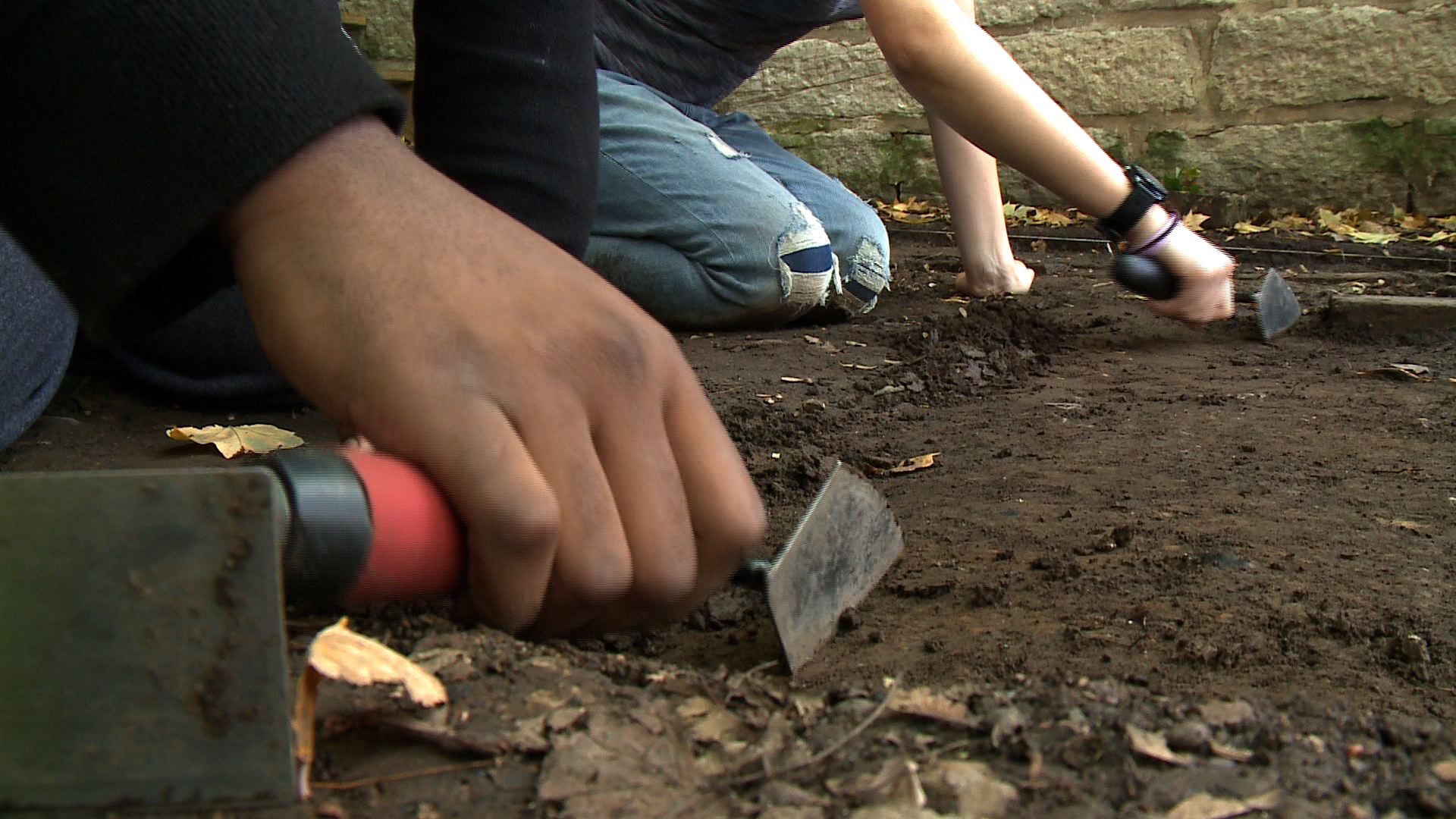
Vanderbilt Students Digging Into The Past
Vanderbilt students are stepping back in time by digging in the dirt and getting class credit for it. They are doing an archaeological dig behind an on-campus 1870’s home of a Vanderbilt University professor and his family. Students are searching in the dirt to find items from the servants who… Read MoreNov 2, 2015
-
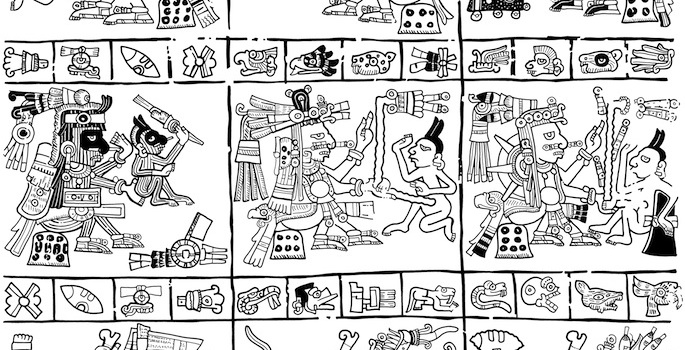
Bound for life: The Aztec blood link to the gods begins at birth
When an Aztec child was born, soothsayers would consult the birth almanacs contained in codices to determine the most auspicious date to initiate the child into the Aztec community. Read MoreFeb 10, 2014
-
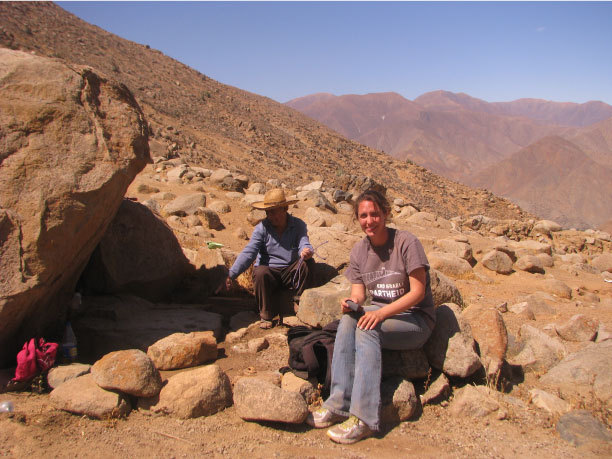
CNN iReport: Possible ancient solar calender discovered near Sayan, Peru
A possible Pre-Hispanic solar calender was documented last week by Vanderbilt archaeology graduate student Kasia Szremski near the small town of Casa Vieja in the Andean foothills of Peru. Read MoreAug 1, 2013
-
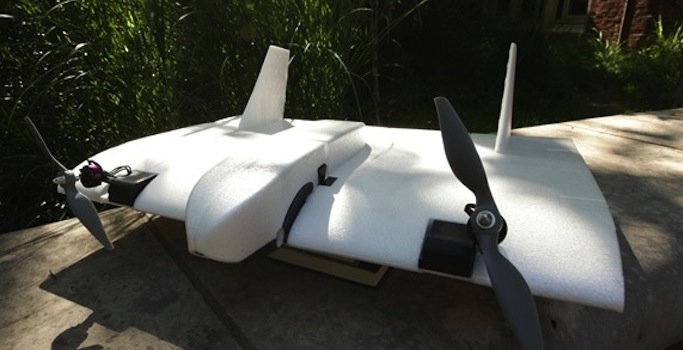
Test flight over Peru ruins could revolutionize archaeological mapping
Archaeological sites that currently take years to map will be completed in minutes if tests of the Semi-autonomous Unmanned Aerial Vehicle system being developed at Vanderbilt University go well. Read MoreAug 1, 2012
-
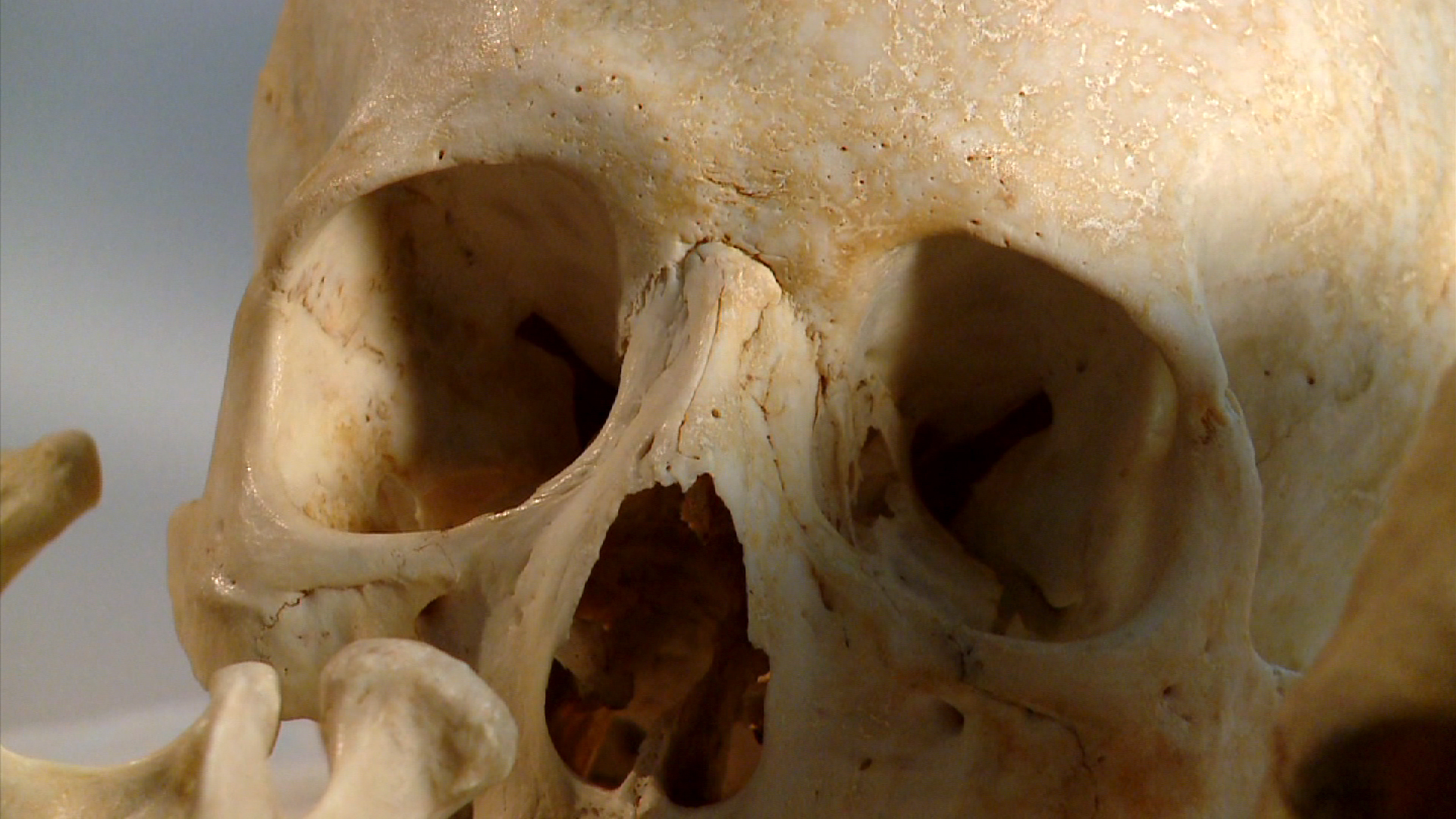
Student Skull Sessions in Peru
Vanderbilt archaeologist Tiffiny Tung leads students to Peru where they assist in groundbreaking research into the Wari culture, a society that existed over 1500 years ago. Tung is the recipient of the 2011-12 Chancellor’s Cup. The award is given annually for “the greatest contribution outside the classroom to undergraduate student-faculty… Read MoreJul 18, 2012
-
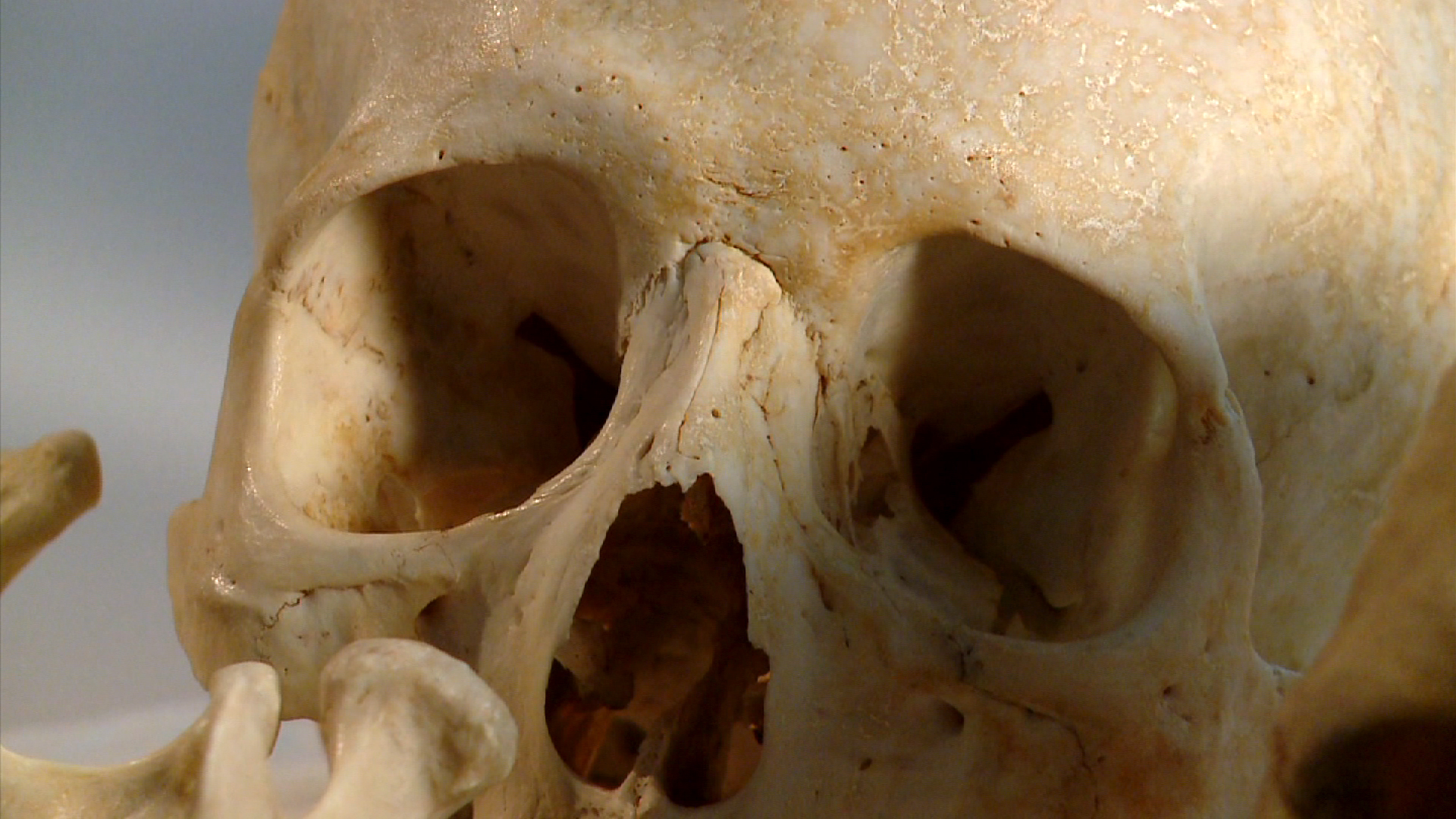
VUCast: Skull Sessions
This Week on VUCast, Vanderbilt’s online newscast: How country music stars are “lifting lives“ Vanderbilt archaeologist leads students on skull sessions See what Vanderbilt is blowing up! [vucastblurb]… Read MoreJul 13, 2012
-
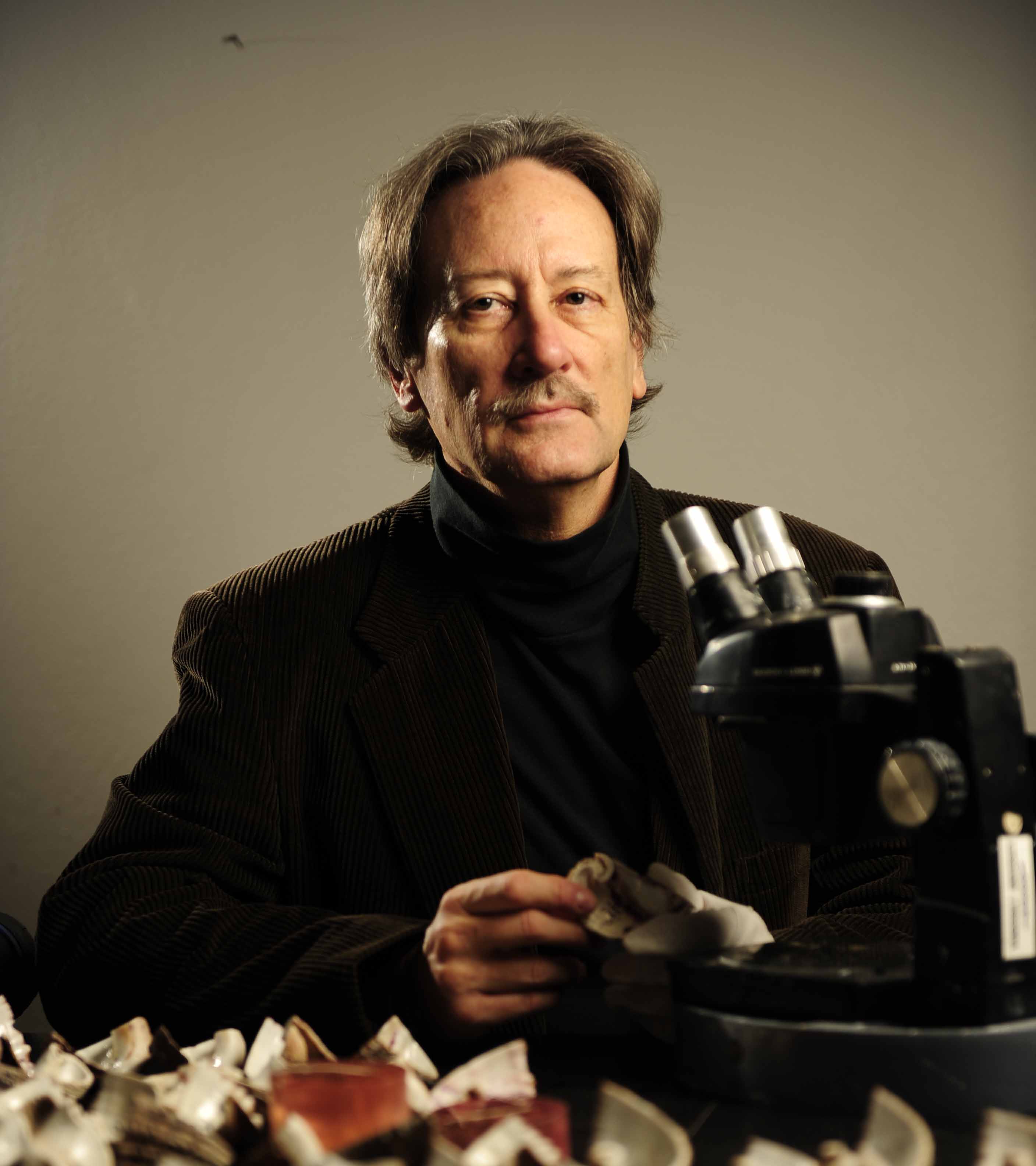
Renowned Vanderbilt anthropologist holder of new Rebecca Webb Wilson chair
Tom D. Dillehay, internationally recognized for ground-breaking and highly interdisciplinary scientific research, has been named the Rebecca Webb Wilson University Distinguished Professor of Anthropology, Religion and Culture at Vanderbilt University. Read MoreJan 10, 2011